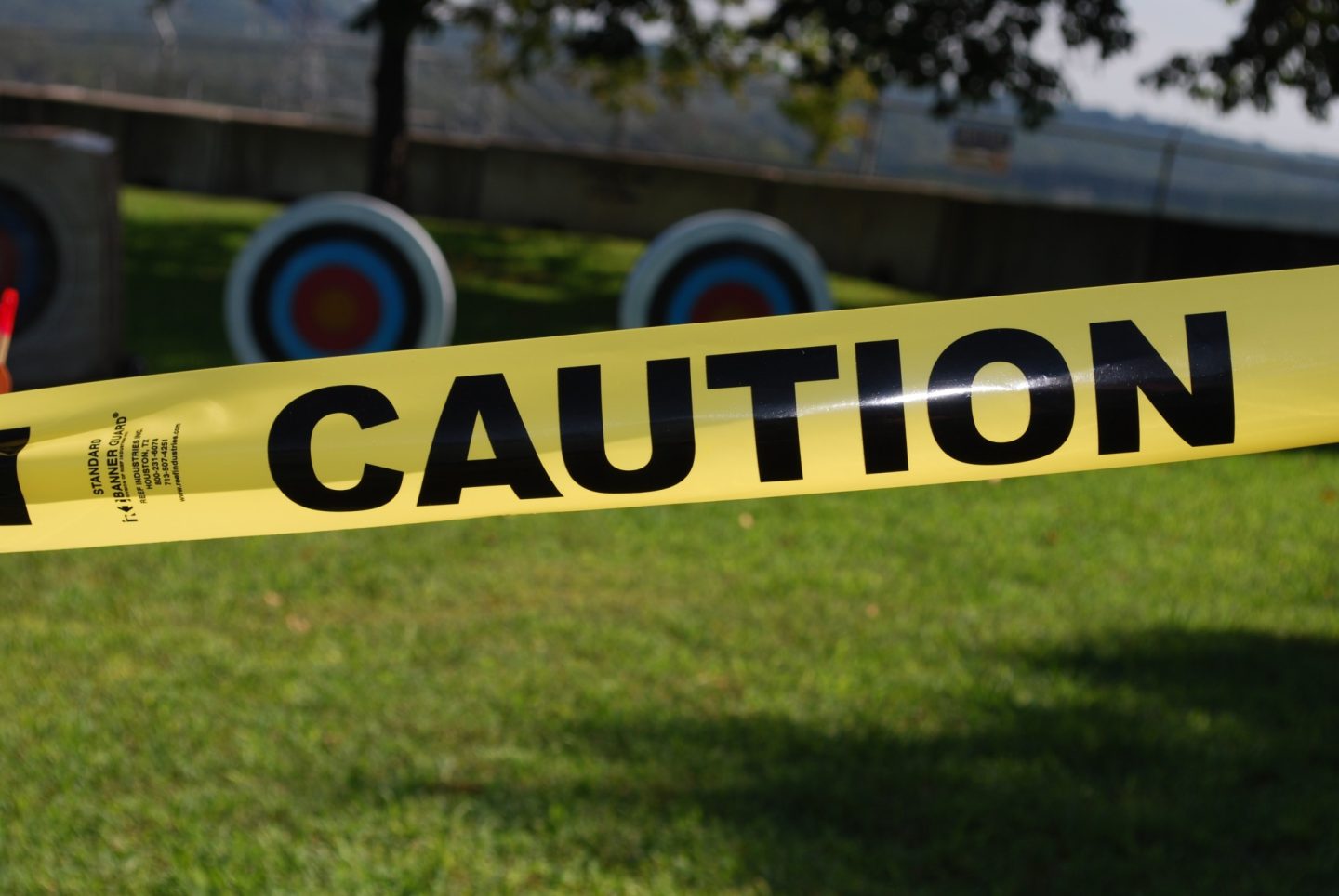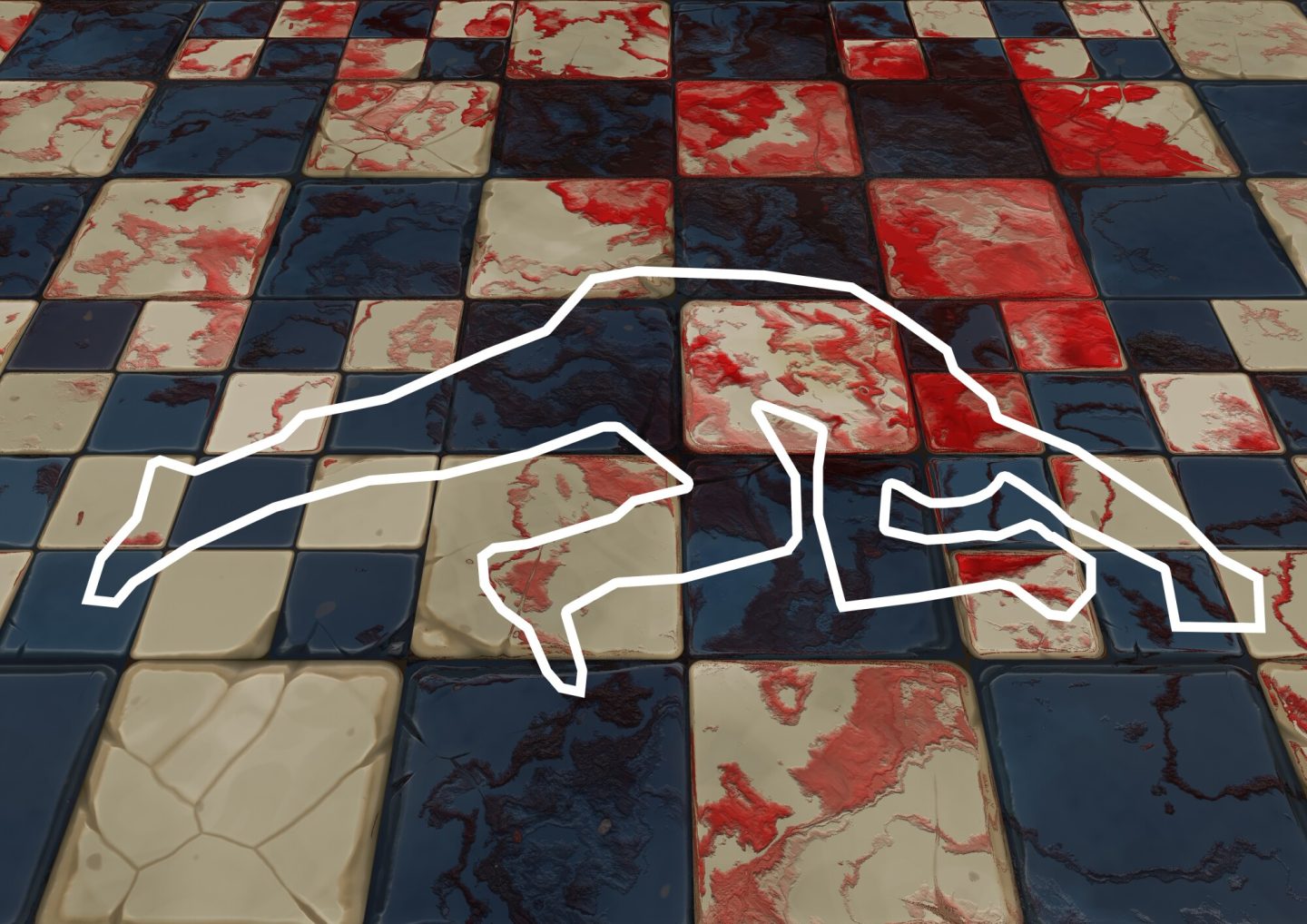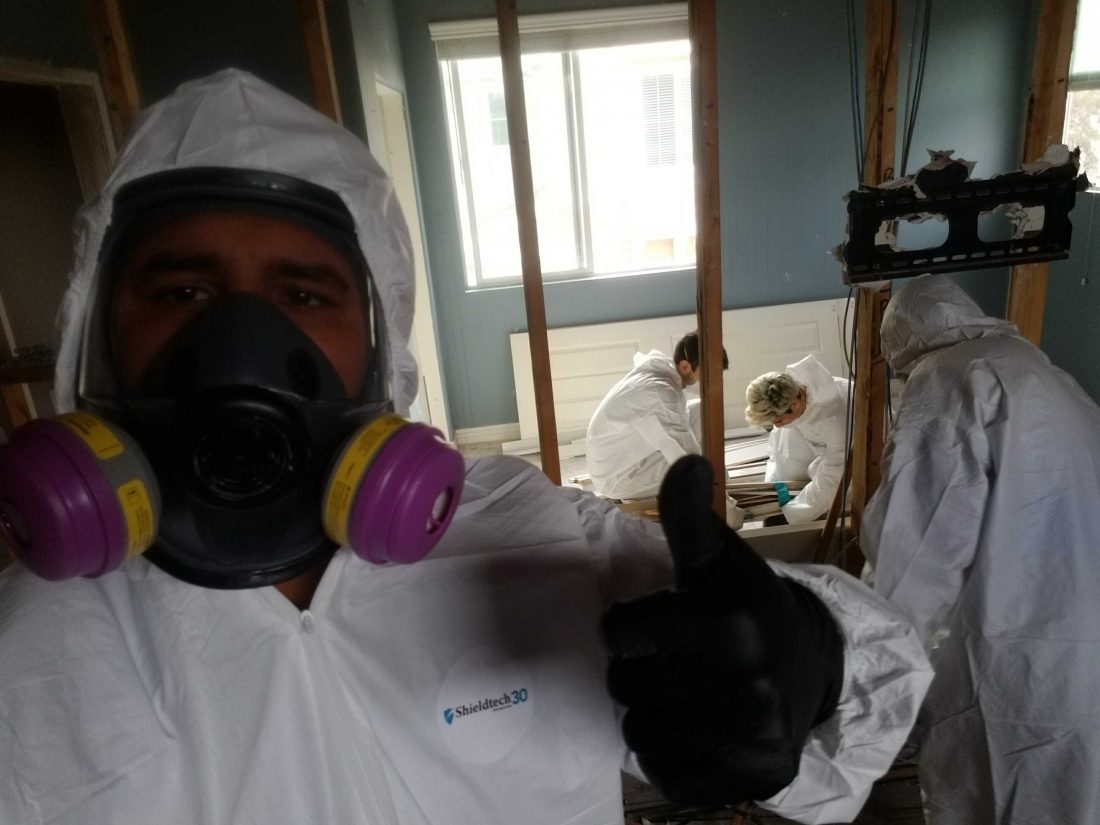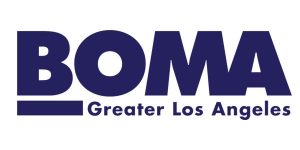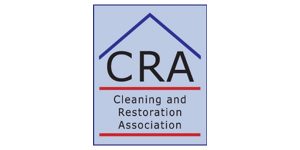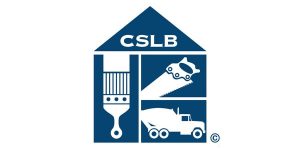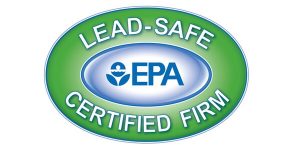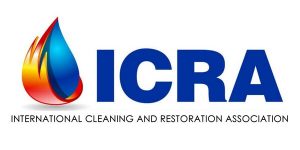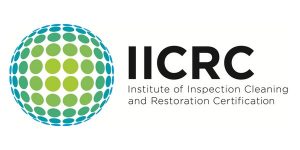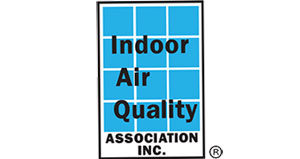Biohazards are creeping their way across America. 17.2 billion upper respiratory infections occurred in 2019. Many people developed infections after exposure to biohazards, even if […]
4 Tips for Hiring a Trauma Cleanup Company
Last year, there was a 5 percent increase in homicides in major American cities. Domestic violence and gun violence are high up on the list of homicide […]
Today’s Bio-hazard Remediation
Our special training, years of experience, and ongoing education make us uniquely qualified as cleaning and disinfection professionals during this unique time. From water damage […]

